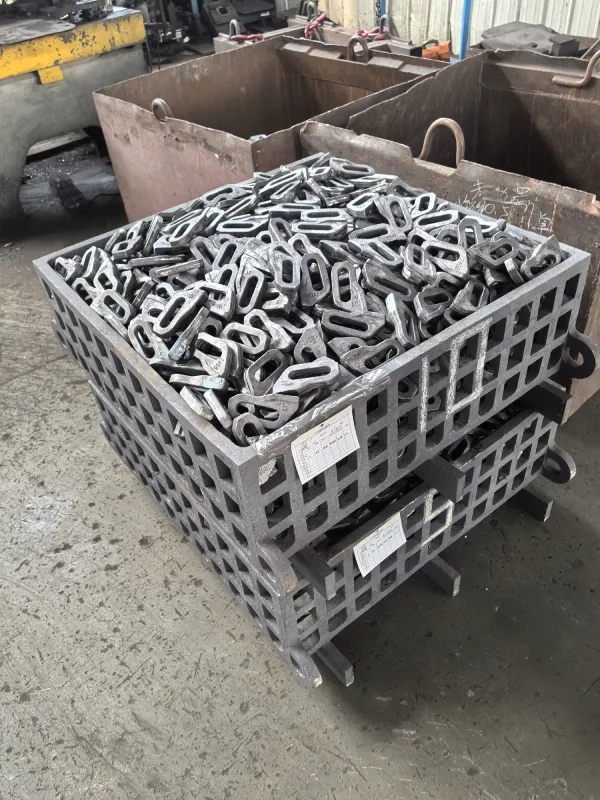- Afrikaans
- Albanian
- Amharic
- Arabic
- Armenian
- Azerbaijani
- Basque
- Belarusian
- Bengali
- Bosnian
- Bulgarian
- Catalan
- Cebuano
- China
- China (Taiwan)
- Corsican
- Croatian
- Czech
- Danish
- Dutch
- English
- Esperanto
- Estonian
- Finnish
- French
- Frisian
- Galician
- Georgian
- German
- Greek
- Gujarati
- Haitian Creole
- hausa
- hawaiian
- Hebrew
- Hindi
- Miao
- Hungarian
- Icelandic
- igbo
- Indonesian
- irish
- Italian
- Japanese
- Javanese
- Kannada
- kazakh
- Khmer
- Rwandese
- Korean
- Kurdish
- Kyrgyz
- Lao
- Latin
- Latvian
- Lithuanian
- Luxembourgish
- Macedonian
- Malgashi
- Malay
- Malayalam
- Maltese
- Maori
- Marathi
- Mongolian
- Myanmar
- Nepali
- Norwegian
- Norwegian
- Occitan
- Pashto
- Persian
- Polish
- Portuguese
- Punjabi
- Romanian
- Russian
- Samoan
- Scottish Gaelic
- Serbian
- Sesotho
- Shona
- Sindhi
- Sinhala
- Slovak
- Slovenian
- Somali
- Spanish
- Sundanese
- Swahili
- Swedish
- Tagalog
- Tajik
- Tamil
- Tatar
- Telugu
- Thai
- Turkish
- Turkmen
- Ukrainian
- Urdu
- Uighur
- Uzbek
- Vietnamese
- Welsh
- Bantu
- Yiddish
- Yoruba
- Zulu
Nov . 09, 2024 22:16 Back to list
Innovative Solutions for Casting and Sand Manufacturing in Modern Industries
The Cast Sand Factory A Cornerstone of Modern Manufacturing
In the heart of modern manufacturing, cast sand factories play a pivotal role in producing high-quality metal components that serve various industries, from automotive to aerospace. The process of sand casting, which dates back thousands of years, has evolved into a sophisticated method that is both efficient and environmentally conscious. This article delves into the intricacies of cast sand factories, exploring their processes, benefits, and contributions to the manufacturing landscape.
Understanding Sand Casting
Sand casting is a method where a mold is formed from sand, which can then hold molten metal until it cools and solidifies. This technique is favored for its remarkable ability to create complex shapes and intricate designs that would be challenging or even impossible with other manufacturing methods.
The key ingredients of sand casting are silica sand, bonding agents (such as clay), and water. The mixture is shaped into molds that define the dimensions of the final products. Once the mold is ready, molten metal—often made of aluminum, iron, or bronze—is poured in, and after it solidifies, the mold is broken away, revealing the cast object.
The Role of Cast Sand Factories
Cast sand factories serve as the backbone of this production process. These factories are equipped with advanced technology and machinery that streamline the sand casting process. From preparing the molds to pouring the molten metal and finishing the parts, every step is carefully managed to ensure precision and quality.
Moreover, modern cast sand factories often employ computer-aided design (CAD) and computer-aided manufacturing (CAM) systems. These technologies allow engineers to create detailed 3D models of components, optimize the design for manufacturability, and predict potential issues before they arise.
cast sand factory

Advantages of Sand Casting
One of the most significant advantages of sand casting is its cost-effectiveness. It requires less expensive materials than other forms of casting, making it suitable for both large-scale production and small-scale projects. Furthermore, it is versatile; sand casting can produce large parts weighing several tons or small, intricate components with ease.
Another appealing aspect is its environmental sustainability. While traditional casting methods might generate a considerable amount of waste, modern sand casting techniques are increasingly focusing on recycling sand and reducing emissions. Many factories implement processes to reclaim and reuse foundry sand, leading to less environmental impact and lower material costs.
Impact on Various Industries
The versatility of cast sand factories allows them to cater to a wide range of industries. In the automotive sector, for instance, components such as engine blocks, transmission cases, and various brackets are produced through sand casting. These parts require high strength and durability, making the sand casting process ideal for their manufacture.
In aerospace, lightweight yet robust components are crucial for efficiency and performance. Sand casting fulfills these requirements, enabling the production of intricate parts like turbine housings and structural frames. The ability to withstand high pressures and temperatures makes sand-cast components invaluable in these critical applications.
Conclusion
In conclusion, cast sand factories are essential players in the modern manufacturing landscape. Their ability to produce high-quality, cost-effective, and complex components makes them indispensable for a myriad of industries. As technology continues to advance, these factories are poised to embrace new processes that enhance efficiency and sustainability, ensuring that sand casting remains a cornerstone of manufacturing for years to come. With a commitment to innovation, the future of cast sand factories looks bright, paving the way for even more remarkable advancements in engineering and production.
-
Premium Cast Iron Water Main Pipe: Durable, Corrosion-Resistant
NewsAug.03,2025
-
Durable Cast Iron Water Mains | AI-Optimized Systems
NewsAug.02,2025
-
High-Efficiency Propane Boiler for Baseboard Heat | Save Energy
NewsAug.01,2025
-
Premium Source Suppliers for Various Gray Iron Castings
NewsJul.31,2025
-
Durable Cast Iron Water Main Pipes | Long-Lasting
NewsJul.31,2025
-
High-Quality Cast Iron Water Main Pipe for Durable Infrastructure
NewsJul.30,2025


